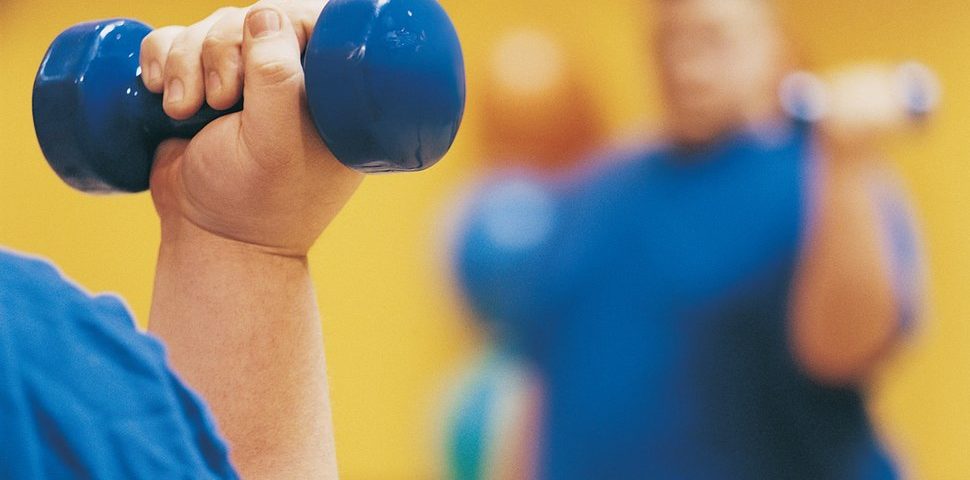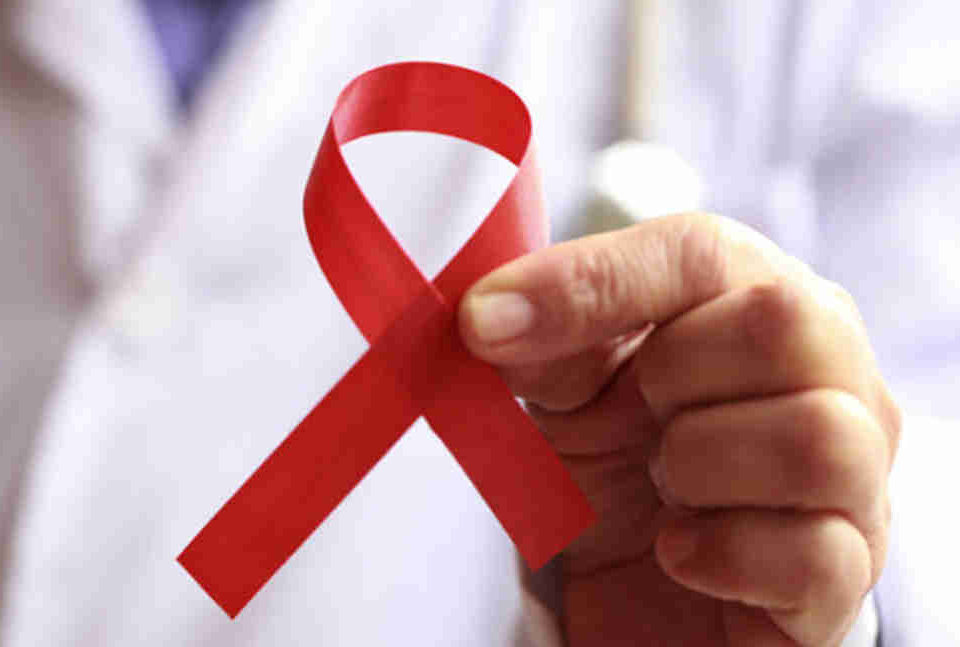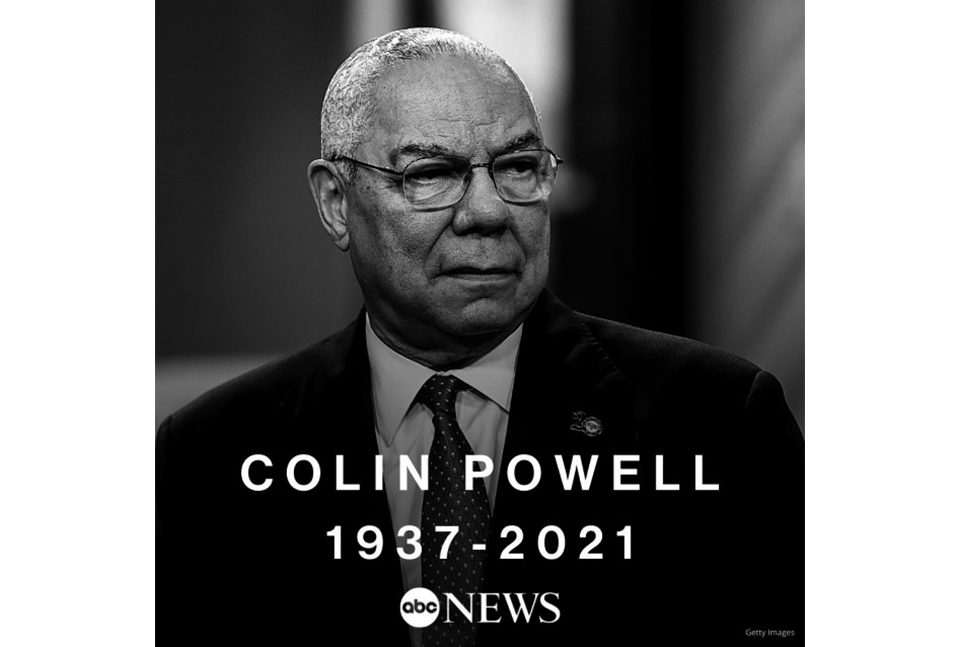- 如有疑问,请联系电邮
- customer@ihealth66.com
USNEWS:为什么随着年龄的增长减肥更难?

梅奥诊所(Mayo Clinic, Rochester, MN)
2018年11月24日
临床试验:克唑替尼在IB-IIIA期非小细胞肺癌手术切除及ALK融合突变治疗中的应用
2018年11月24日By Ruben Castaneda
DOES YOUR FAVORITE PAIR of jeans fit more snugly around the waist with each birthday? Is your favorite dress a little tighter with each passing year?
Research suggests that many people gain weight as they advance in agefrom young adulthood into middle age. Between ages 29 and 39, women typically gain about 7 pounds, and men put on an additional 15 pounds, according to the U.S. Department of Health and Human Services. Conversely, losing weight in your 30s and 40s is more difficult than when you’re a young adult. (Men and women tend to put on little or no weight after age 40 and lose weight in their 70s, according to HHS.) For a variety of reasons, it’s tougher for men and women to drop pounds as they transition from young adulthood into middle age than it is to shed weight during young adulthood, experts say. The factors behind middle-age weight gain are biological and related to lifestyle.
Beginning in your 30s, you lose muscle mass every decade, research suggests. That muscle mass is replaced with fat. This happens even if you exercise regularly, whether it’s working out at the gym, running, swimming or playing in a pickup basketball, softball or volleyball game. Since muscles use more calories than fat, less muscle mass and more fat slow your metabolism, which means you need fewer calories, says Kimberly Gomer, a registered dietitian and director of nutrition at the Pritikin Longevity Center + Spa in Miami. “As we age, unless we work at it, we lose muscle mass,” Gomer says. “Fat needs very few calories to exist.”
Women and men face other biological challenges to losing weight in their middle-age years. Because of changing hormones and a loss of estrogen, women typically gain 15 pounds around the time of menopause, says Dr. Kathryn Boling, a primary care physician with Mercy Medical Center in Baltimore. She’s also board-certified in obesity medicine. Women going through menopause tend to gain weight around their tummy, Boling says. Men going through middle age face a different issue: the loss of testosterone, which can cause the diminution of muscle mass, Boling says.
[See: 10 Unusual Weight-Loss Tips That Actually Work.]
In addition to biological issues, changes in lifestyle can be a factor that causes some people to put on pounds in their 30s and 40s. Many people become parents during that phase of their life, and they’re less physically active because of family responsibilities. Career demands can also cause many people to become more sedentary than they were when they were young adults, says Jessalynn Adam, a primary care sports medicine physician with Orthopedics and Joint Replacement at Mercy Medical Center in Baltimore. “Your schedule isn’t your own at that point,” Adam says. Gomer agrees. “Many of us are very active when we’re younger, running around carefree with few responsibilities,” she says. “In grade school, high school and college, we participate in sports, walk more and run more. As we age – maybe get a desk job, have a family – our free time/leisure time gets decreased.”
6 Things Your Doctor Hasn’t Told You About…
Exercising less can lead some people to bad eating habits, Gomer says. Physical activity releases endorphins, neurotransmitters in the brain that block pain and can help you feel calmer and happier. Eating foods that are salty, fatty and sugary can have a similar effect. Consuming such foods leads the brain to produce surges of dopamine, a brain chemical that’s released when we experience pleasure. Some people who miss the feelings of well-being associated with exercising may turn to unhealthy foods as a substitute.

How Fast Is It OK to Lose Weight?
While you can’t do anything to slow the passage of time, there are steps you can take to lose weight as you age. Experts recommend these strategies:
In Your 30s, 40s and 50s
Learn to cook and plan your meals. Have you ever picked up a quick dinner of burgers and fries from the nearest fast-food outlet because you had to work late to meet a deadline? Fast food is typically highly processed and poor in nutrients. It’s also often high in calories, sugar, sodium and unwanted additives, Adam says. Consequently, eating meals from fast-food outlets won’t help your efforts to shed pounds. If you learn to cook and to plan your meals out a few days in advance, you can avoid impromptu stops at greasy burger joints, Adam says. She suggests taking a cooking class to learn how to prepare healthy meals that focus on fresh vegetables and healthy sources of protein. Learn how to make enough food for more than one day at a time; you can refrigerate the food so you’ll have healthy meals prepared, and no need to make a spur of the moment fast-food run.
Do weight-bearing exercises. Lifting weights helps you maintain muscle mass, which becomes increasingly important as you move from young adulthood into middle age, Boling says. Maintaining your muscle mass helps you burn more calories. “If you have less muscle mass, you burn fewer calories,” she says. Maintaining your muscle mass also helps cut down the chances of sustaining injuries. She recommends doing exercise with free weights and resistance machines.
Make physical activity a family affair. Having a spouse and children doesn’t have to interrupt your exercise regimen, Adam says. For instance, if you’re part of a pickup hoops game, shoot baskets with your significant other or child before or after the contest. You can ride bikes with your partner or with your kids. Look for opportunities to make exercise a family activity. For example, some triathlons also have a “fun run” for kids. Introducing your kids to exercise could also encourage them to adopt their own workout regimens that they’ll continue into adulthood. In the long run, this can lead to lower obesity rates, Adam says.
How Fast Is It OK to Lose Weight?
Monitor your caloric intake. You might be able to get away with not counting your calories in your 20s. But as you move into your 30s and 40s, and the number of calories you need drops, it’s a good idea to keep track of your caloric intake, says Audra Wilson, a clinical dietitian with the Northwestern Medicine Metabolic Health and Surgical Weight Loss Center. A typical sedentary 60-year-old woman should consume 1,600 calories daily, while a sedentary man of the same age should have 2,200 calories a day, according to federal government dietary guidelines. Your ideal weight range depends in part on your height. The National Heart, Lung, and Blood Institute has an online tool that you can use to calculate your BMI and check whether you’re overweight for your height. To keep track of calories, read food labels and check restaurant menus for calorie counts per item. Some grocery store hot bars and salad bars also post calorie counts for prepared items. There are free apps, like MyFitnessPal, that help keep track of daily calorie intake.
[See: 15 Best Weight-Loss Diets at a Glance.]
In Your 60s, 70s and Beyond
Split entree portions at restaurants. Going out to eat remains a major part of socializing for people in their 60s, 70s and beyond. Unfortunately, many restaurant portions are large, particularly if you’re at an age where you need fewer calories, Gomer says. “Eating out is a disaster,” she says. “Restaurants give us giant portions laden with salt, sugar and fat. (They offer) lots of (highly caloric) wine, bread, fried foods and dessert.” When you dine out, split your entree, particularly protein servings, with a fellow diner, she advises. If you’re eating alone, ask for a half-portion and take the rest home in a box. Servings of animal protein shouldn’t be more than 4 ounces per meal.
Don’t dine out when you’re (too) hungry. Hunger can sabotage the best intentions, so before you go out for a meal, eat something healthy, Gomer advises. Munching on a piece of fresh fruit or a handful of nuts can help you avoid temptation while you’re hungry. Or, “order something healthy as soon as you’re seated, such as a salad, a crudité (a raw vegetable) or fruit as soon as you’re seated,” she says.
Order a healthy dessert. You don’t have to abstain from dessert while your fellow diners order cake, pie or ice cream, Gomer says. Many restaurants have healthy dessert options, like fresh berries, a fruit cocktail or sorbet with fresh fruit. Order a healthy dessert option “to avoid tasting from other people’s high-fat and sugar-laden choices,” Gomer says.
Remain active. As they move beyond middle age into their later years, many men and women have to contend with chronic health issues, such as diabetes, high blood pressure, heart disease and depression, Adam says. In that phase of life, you may not be able to maintain the same level of physical activity you did in middle age, but you can and should keep moving, Adam says. You can make adjustments, like playing half-court hoops instead of full-court or walking vigorously in place of running. Take advantage of special discounts for older athletes. For example, some ski facilities offer free lift tickets for skiers older than 70. And you should continue to do weight work.
[See: 8 Ways for Baby Boomers to Maintain Their Agility.]
Maintain good eating habits. Whether you’re still cooking or not, you should keep a healthy eating regimen. That means consuming lots of fresh vegetables, fresh fruits, healthy carbohydrates (like whole-grain foods) and adequate amounts of protein, Adam says. Don’t give up on the idea of staying in shape. “I’ve seen lots of super-healthy 90-year-olds,” Adam says.





